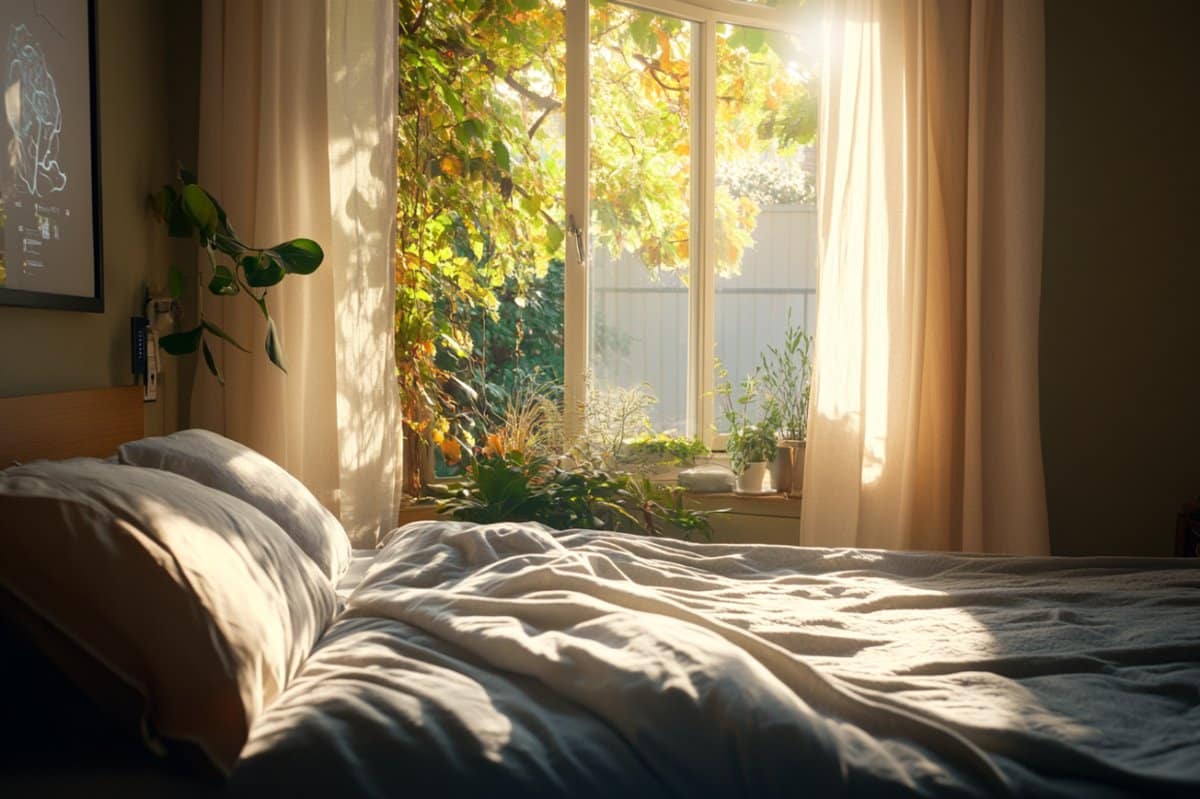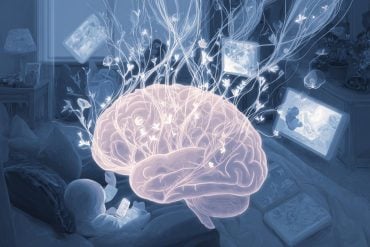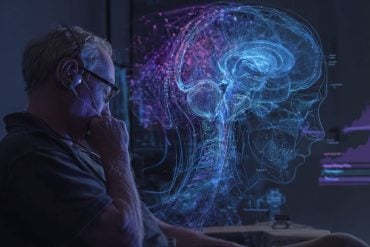Summary: A new study highlights how controlled exposure to natural light before waking can improve morning alertness and reduce sleepiness. Researchers tested three lighting conditions using light-shielding curtains and sensors to determine the effects of early morning light on 19 participants.
The group exposed to 20 minutes of natural light just before waking (IA) reported better wakefulness compared to those with no light or continuous light exposure. Interestingly, too much early light led to adverse effects, suggesting that moderation is key to leveraging natural light for better mornings.
Key Facts:
- Improved Wakefulness: 20 minutes of natural light before waking significantly reduced sleepiness.
- Balanced Exposure: Short-duration light exposure was more effective than continuous dawn light.
- Measured Response: Wakefulness was evaluated through EEG, ECG, and participant surveys.
Source: Osaka Metropolitan University
Sleep is a necessary part of people’s daily routine, but modern lifestyles and technology have ushered in an era of decreased rest time and subsequent fatigue.
Further, the bedroom environment, such as light, sound, and temperature, is important for a good night’s sleep, though this is often neglected in residential architecture.

In search of a conclusive remedy, common sleep studies use artificial light that is easy to control. Osaka Metropolitan University researchers, however, believe natural light could be more effective for re-creating actual living environments.
To test this, Graduate School of Human Life and Ecology student Xiaorui Wang and Professor Daisuke Matsushita led a team in examining whether introducing moderate light into the bedroom just before waking would improve morning wakefulness.
Using light-shielding curtains and motorized closing devices, a comparative experiment was conducted on 19 participants under three conditions: natural light for 20 minutes before waking up (IA), natural light from dawn until waking up (IB), and no natural light before waking up (CC).
After each session, participants’ sleepiness, alertness, and fatigue were measured with an electrocardiogram, electroencephalogram, and a survey.
Results revealed that participants were less sleepy in IA and IB conditions than in CC. In addition, IA was found to be one of the most effective methods for improving wakefulness, as too much light in IB caused adverse effects.
“In the future, we hope to control natural light in the sleep environment as it changes with the seasons and time of day, and to clarify how to introduce natural light that is suitable for a more comfortable awakening,” stated Professor Matsushita.
About this alertness and sleep research news
Author: Yung-Hsiang Kao
Source: Osaka Metropolitan University
Contact: Yung-Hsiang Kao – Osaka Metropolitan University
Image: The image is credited to Neuroscience News
Original Research: Open access.
“Natural light control to improve awakening quality” by Daisuke Matsushita et al. Building and Environment
Abstract
Natural light control to improve awakening quality
- •The extended hedonic pricing model explained 73.92% of the rent distribution.
- •Image perception is the significant factor contributing to housing rent explanation.
- •Image perception had higher explanatory power than physical features.
- •Among indoor facilities, elevators and shower facilities significantly impact rents.






